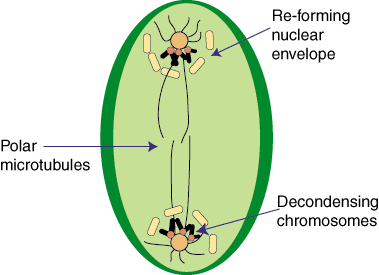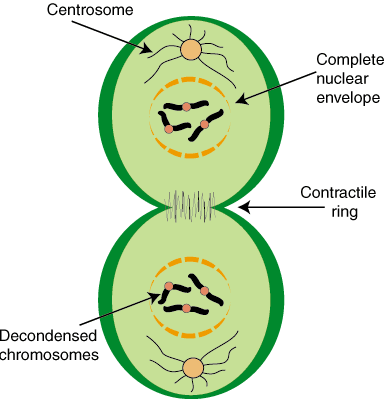Please wait while we process your payment
If you don't see it, please check your spam folder. Sometimes it can end up there.
If you don't see it, please check your spam folder. Sometimes it can end up there.
Please wait while we process your payment

By signing up you agree to our terms and privacy policy.
Don’t have an account? Subscribe now
Create Your Account
Sign up for your FREE 7-day trial
By signing up you agree to our terms and privacy policy.
Already have an account? Log in
Your Email
Choose Your Plan
Individual
Group Discount
Save over 50% with a SparkNotes PLUS Annual Plan!
 payment page
payment page
Purchasing SparkNotes PLUS for a group?
Get Annual Plans at a discount when you buy 2 or more!
Price
$24.99 $18.74 /subscription + tax
Subtotal $37.48 + tax
Save 25% on 2-49 accounts
Save 30% on 50-99 accounts
Want 100 or more? Contact us for a customized plan.
 payment page
payment page
Your Plan
Payment Details
Payment Summary
SparkNotes Plus
You'll be billed after your free trial ends.
7-Day Free Trial
Not Applicable
Renews July 20, 2025 July 13, 2025
Discounts (applied to next billing)
DUE NOW
US $0.00
SNPLUSROCKS20 | 20% Discount
This is not a valid promo code.
Discount Code (one code per order)
SparkNotes PLUS Annual Plan - Group Discount
Qty: 00
SparkNotes Plus subscription is $4.99/month or $24.99/year as selected above. The free trial period is the first 7 days of your subscription. TO CANCEL YOUR SUBSCRIPTION AND AVOID BEING CHARGED, YOU MUST CANCEL BEFORE THE END OF THE FREE TRIAL PERIOD. You may cancel your subscription on your Subscription and Billing page or contact Customer Support at custserv@bn.com. Your subscription will continue automatically once the free trial period is over. Free trial is available to new customers only.
Choose Your Plan
This site is protected by reCAPTCHA and the Google Privacy Policy and Terms of Service apply.
For the next 7 days, you'll have access to awesome PLUS stuff like AP English test prep, No Fear Shakespeare translations and audio, a note-taking tool, personalized dashboard, & much more!
You’ve successfully purchased a group discount. Your group members can use the joining link below to redeem their group membership. You'll also receive an email with the link.
Members will be prompted to log in or create an account to redeem their group membership.
Thanks for creating a SparkNotes account! Continue to start your free trial.
We're sorry, we could not create your account. SparkNotes PLUS is not available in your country. See what countries we’re in.
There was an error creating your account. Please check your payment details and try again.
Please wait while we process your payment

Your PLUS subscription has expired
Please wait while we process your payment
Please wait while we process your payment

Telophase and Cytokinesis
The final two events of M phase are the re-forming of the nuclear envelope around the separated sister chromatids and the cleavage of the cell. These events occur in telophase and cytokinesis, respectively. In this section we will review the events that comprise these final phases of M phase.

Telophase is technically the final stage of mitosis. Its name derives from the latin word telos which means end. During this phase, the sister chromatids reach opposite poles. The small nuclear vesicles in the cell begin to re-form around the group of chromosomes at each end. As the nuclear envelope re-forms by associating with the chromosomes, two nuclei are created in the one cell. Telophase is also marked by the dissolution of the kinetochore microtubules and the continued elongation of the polar microtubules. As the nuclear envelopes re-form, the chromosomes begin to decondense and become more diffuse.

Cytokinesis is the process in which the cell actually divides into two. With the two nuclei already at opposite poles of the cell, the cell cytoplasm separates, and the cell pinches in the middle, ultimately leading to cleavage. In most cells, the mitotic spindle determines the site where the cell will begin to invaginate and split. The first signs of this puckering are usually visible sometime during anaphase.
Earlier we mentioned that in prophase, the cell's cytoskeleton becomes disassembled. The disassembled cytoskeletal filaments are used in a different way during cytokinesis. Cleavage occurs by the contraction of a thin ring of actin filaments that form the contractile ring. The contractile ring defines the cleavage line for the cell. If the ring is not positioned at the center of the cell, an asymmetrical division takes place. The ring contracts and eventually pinches the cell until it separates into two independent daughter cells. In higher order plants, the cytokinesis process is slightly different because the cytoplasm splits with the formation of the cell wall.
Please wait while we process your payment

